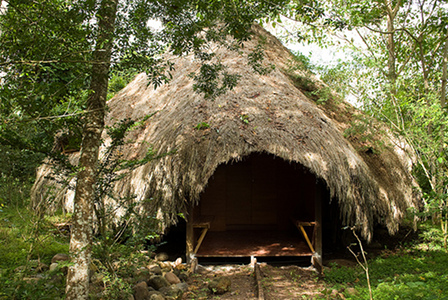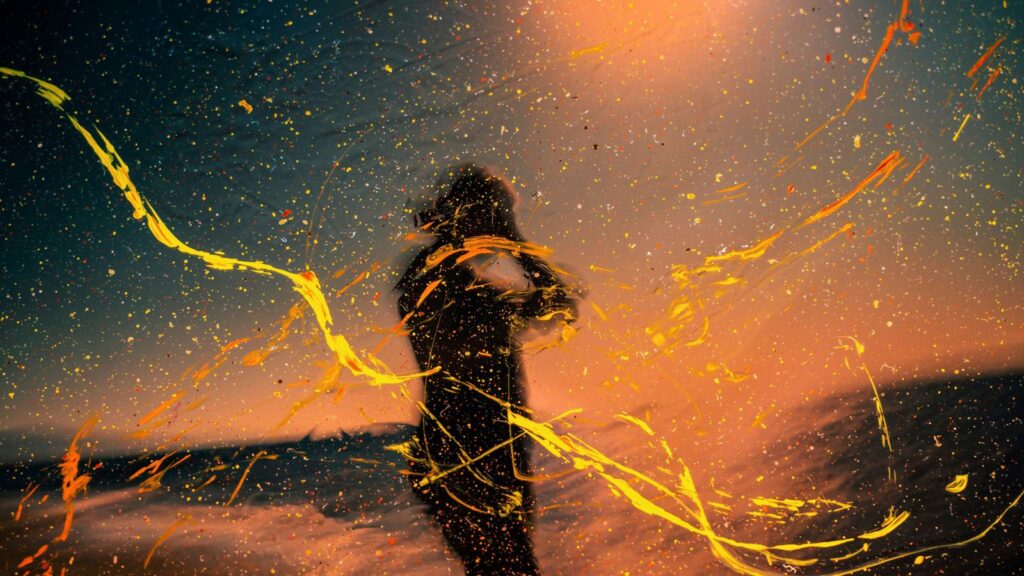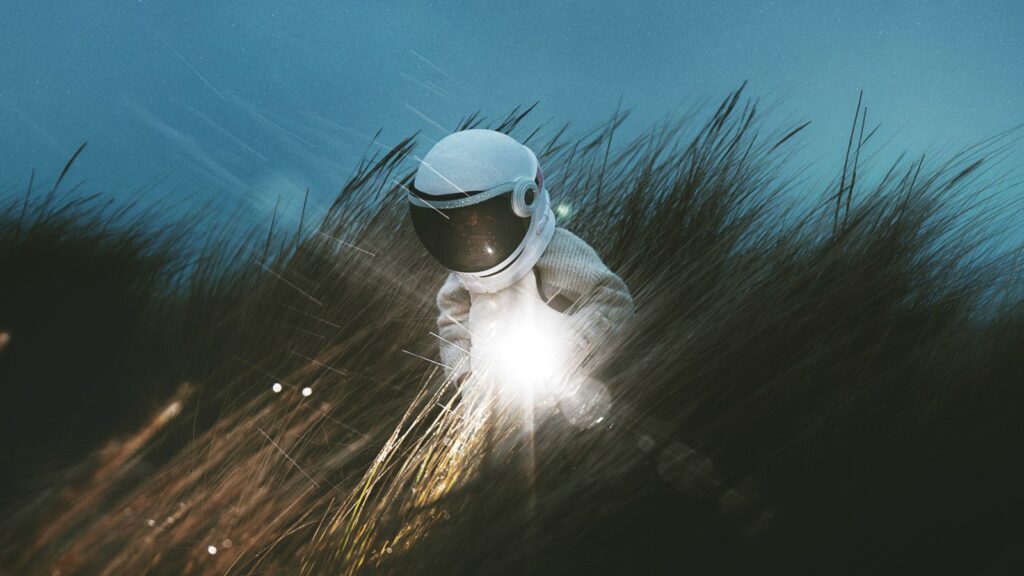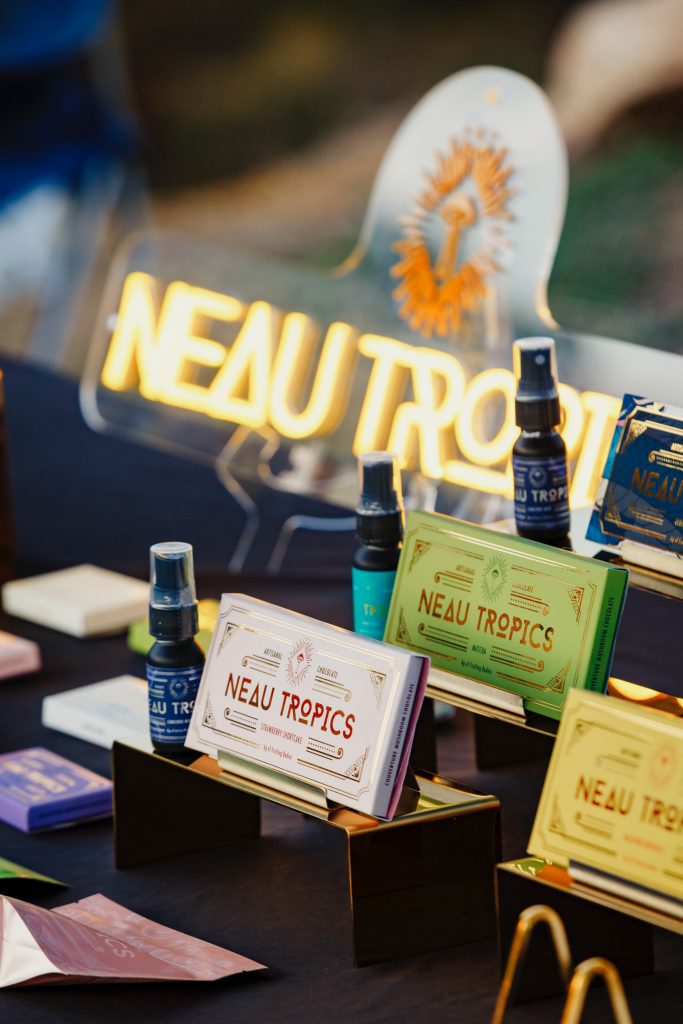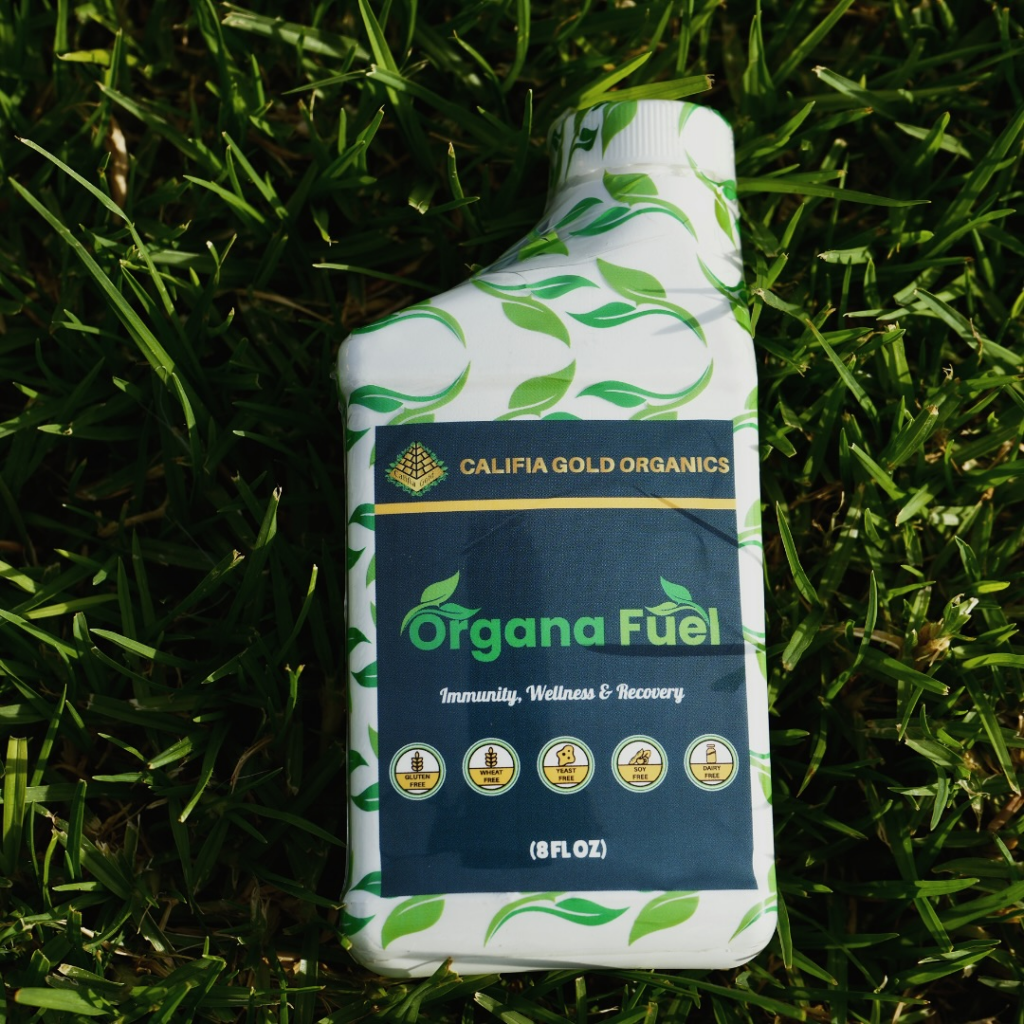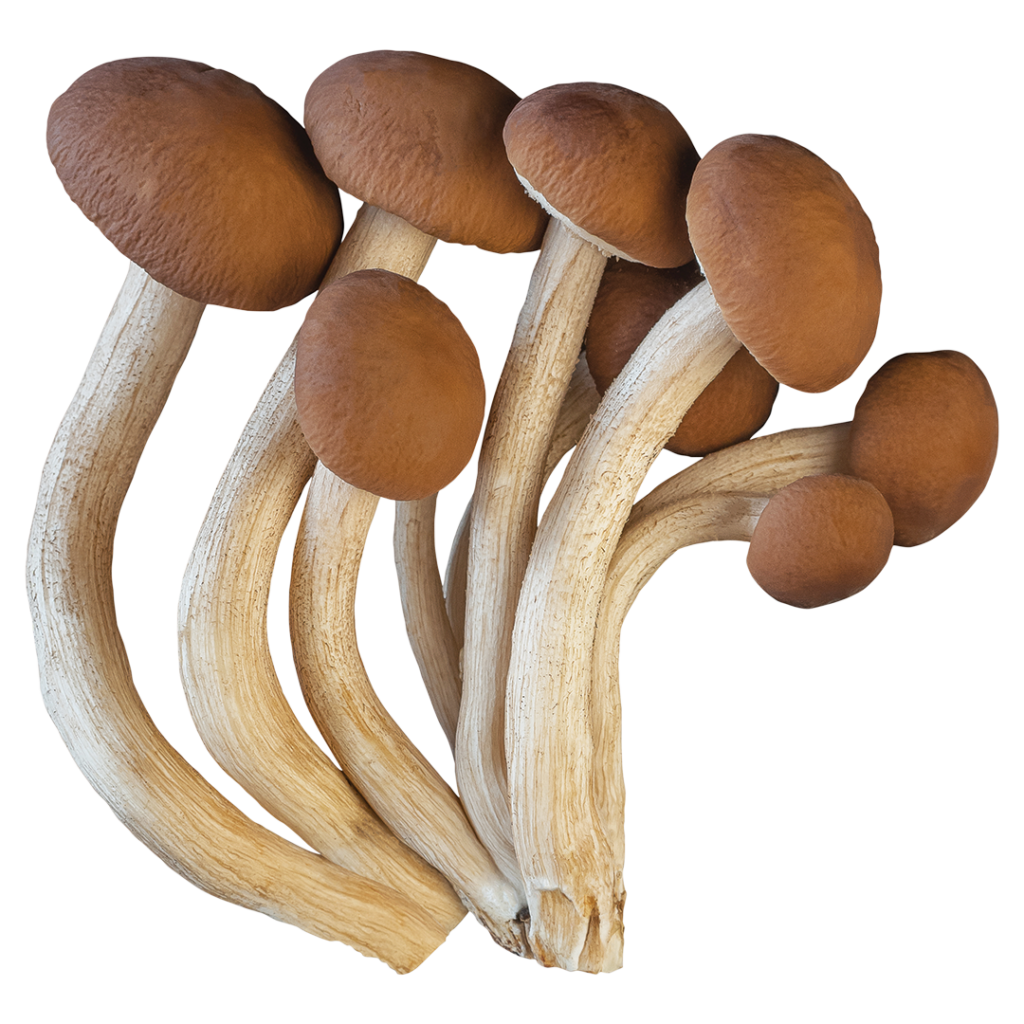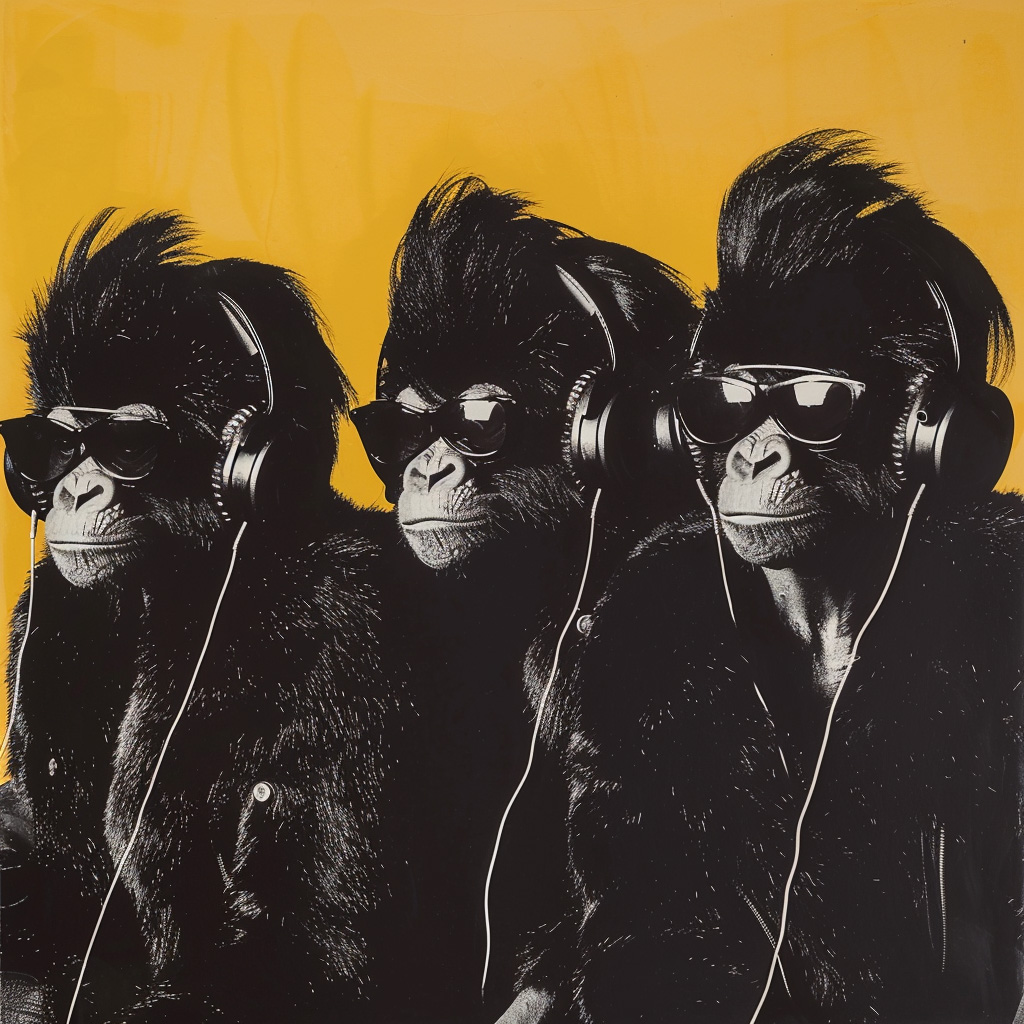She told you exactly what you needed to hear, that's all. Neo, sooner or later you're going to realize, just as I did, there's a difference between knowing the path and walking it. —Morpheus in The Matrix
I first encountered the Ashaninkan shaman Juan Flores within the Cinema de Indio, one of the magical practices of the rainforest facilitated by the psychoactive brew ayahuasca. Even many years after that heady initial immersion in the vegetalista tradition of the Peruvian Amazon, I still contemplate Flores’ invitation to join him in the rainforest with wonder, and ambivalence.
It came in my final ayahuasca ceremony at Takiwasi, the center for the treatment of addiction in Tarapoto, Peru, which utilizes shamanic medicine along with Western psychotherapy. My wife, Susana Bustos, was doing her dissertation research there into the healing powers of icaros, magic melodies sung during ayahuasca ceremonies, and we were preparing to leave for another jungle town, Pucallpa. One of the curanderos there was expecting us: Juan Flores, who I had already seen in a photo, wearing a crown of brilliant feathers, half-smile on his lips, and an innate regality in his bearing, mounted on a wall along with images of other curanderos who had worked at Takiwasi.
If things had gone better with the introduction of Catholicism in Peru, many of the churches there might look like the maloca at Takiwasi. The essential shelter of the jungle, a maloca is a large, rounded structure with a thatched roof, whose open walls allow for the easy circulation of air while containing its inhabitants like a friendly spider’s web from the buzzing and humming of the jungle outside.
As an architectural synthesis of the traditional ways of the rainforest and Catholicism, the front of Takiwasi’s maloca is a chapel, where hang images of the Virgin of Guadalupe, El Senor de los Milagros (Peru’s cherished icon of the Crucifixion, executed in an Expressionistic style), and a gaudy, baroque St. Michael slaying a dragon. Yet instead of orderly pews, cushions on reed mats line the walls, a bucket beside each of them, and in place of an altar for Mass, there is a mesa where the psychoactive medicine of the rainforest, ayahuasca, is poured.
That evening, the patients of Takiwasi gathered, dressed in white. They were all men, from teenagers to old, gnarled campesinos. The leaders, Rosa Giove and Jaime Torres, took their places at the head of the room, bottles of ayahuasca, Agua de Florida, and tobacco before them, along with other ritual implements such as the shacapa, which would beat in our ears like the sound of wings in the night.
One by one, the patients and I went forward. Salud con todos, “Health with all,” we salute before drinking, the rest echoing back as a choir.
Raising a cup of ayahuasca to the lips is a practice of transubstantiation. Within the thick, bitter fluid, capable of provoking instant vomiting, is the taste of the salvific power of the jungle, of evolution itself. That night I drank as if I were thirsty, the liquid flowing down my throat like honey. I regarded the cup in wonder.
Returning to my seat I willed myself to enjoy the beauty of the night, but a deep apprehension gripped my stomach. I found myself urgently summoning my spirit guides. I would pass through the gates of horn – the ancient gate of true dreams – that night. I would have to, because the alternative was unthinkable.
Rosa’s voice arose over the buzzing hum of insects, invoking the powers of Madre Ayahuasca.
Soon the maloca sat steeping in dense energy, and I in a revolving chamber of mirrors, seeing nothing but the confines of my self, amplified to a Dantean hell. The other patients sat with heads bowed, seemingly plying the same dark waters. The icaros went on to the dull flailing of the shacapa. Nothing moved. We were flies stuck in the bottom of a black lacquer bucket.
Finally I was called forward to drink a second time. I tossed it down. Turning the cup about in my hands, I contemplated my dosage. Handing it back to Rosa, I politely asked if I could drink more. Nodding her head, she refilled the cup. I drank again. Now I was truly committed.
Returning to my seat, my head soon fell back to rest on the wall and my hands loosened their grip on my prayer beads.
The goddess Psychointegration is the force and the goal underlying consciousness. Like gravity, she contains the matter and temporality of mind, as well as providing the underlying, binding attraction of consciousness to the Self that lies beyond the narrow confines of the ego. That evening she came as thousand faced and armed deity, with a million eyes of spirits and gods, speaking innumerable tongues. The free traversers of the depths of the mind. As a voyage into the beings that, assembled, make our character and psyche, dance our neuroses, dream our births and our deaths.
Suddenly a spirit I encountered in the Barquinha church months before in Rio Branco, Brazil, hove into view in the darkness of the maloca.
A blazing figurehead on the prow of my spirit boat cutting through the night. In a deep drift across the waters, I became aware that my Nordic ancestors were assembling.
Ayahuasca translated means “the vine of the dead,” and the taste of the dead is familiar to a portion of our psyche we touch only in deepest dream.
Now they were come indeed — those who knew how to ply the immensity of the ocean, bringing with them the Viking gift of sight stored deep in my genetic code. Half seeing their faces playing before me, half feeling the salt wind and wave upon my body, the paths of navigation suddenly lay bare, open. Ocean. Endless ocean. Brilliant, cold stars. I clutched the prow of the boat. I remembered.
A sound of wings, great wings, came cutting across the water, mysterious and familiar at the same time. Then, hovering over me, the dragon landed upon my head and closed his wings over my eyes, settling into my cranium. Joining his vision to mine. The serpent guarding his horde at the base of my brain stem, dark and poisonous, had returned – transformed as the joyous rider of the clouds.
“The dragon… The dragon…” I muttered like a mantra, touching home in my body, aware I was journeying very deeply.
Psychointegration released her hold and I passed out of the waters. After a spell the arms of ayahuasca embraced me, enfolding me in a warm, fluid light and its circumference became the walls of the womb. Held suspended in the matrix of birth and rebirth, I rested.
The mysterious summons came much later in the session. As I sat quietly, the lilting, serpentine voice of Rosa abruptly wound, serpent-like, into me searching out deeper mysteries still.
My body began to transform under her icaro. My northern giant’s bone structure compacting into an indigenous skeletal frame, my skin from white to brown, and I found I had been given indigenous ears to hear and, what was better, the seeds of indigenous understanding in my mind.
As a smaller man with black hair, brown eyes, a sharp nose, and a different music sounding in his chest, I stared across the maloca and realized there was a presence there.
Bienvenidos, I heard with perfect distinctness. Tu has hecho el trabajo y estas listo para venir a nosotros. Estas bienvenido a nuestra casa. “Welcome. You have done the work and are ready to come to us. You are welcome to our house.”
I could discern nothing of the appearance of my interlocutor. To whom the voice belonged was a mystery. Yet familiar it was, as the scent of ripe honeysuckle and the sound of droning bees. In the darkness, I was aware the shamans of the deep rainforest were assembled, a lineage of practitioners who spoke with one, Elohim-like voice. A path into the indigenous mind had opened, and I was wholly transported by its promise.
In previous ayahuasca ceremonies I had gone on marvelous journeys, passed through terrifying transformations, received healings, and been touched by spirits of love surpassing human understanding. But I had never encountered anything of this nature before – it was as if I were being shaken awake by an actual presence from outside, reaching within my ayahuasca vision!
I felt deep joy, a child’s sense of homecoming, and my adult apprehension utterly suspended, much as J.R.R. Tolkien describes: “If you are present at a Faërian drama you yourself are, or think that you are, bodily inside its Secondary world. The experience may be very similar to dreaming…but in Faërian drama you are in a dream that some other mind is weaving, and the knowledge of that alarming fact may slip from your grasp” (Flieger 126).
Gazing into the rich, pregnant space that had opened in the night, I gave my thanks and said I would come. The vision faded.
In the days following, back in the bright sunlight making arrangements for our journey, I wondered, had I received a genuine summons – or was it an intensely symbolic dream, valuable in itself, but without true external referent? Yet the vision had that ancient flavor, much as one classical scholar wrote upon the bardic experience of communion with the Muse: “Such visions, welling up from the unknown depths of the mind, must once have been felt as something immediately “given,” and because of its immediacy more trustworthy than oral tradition” (Dodds 100). Of course, ancient bards also experienced the past as a dimension of the present, and had an uncanny ability to see into the abyss of time. Did my vision also have an objectively verifiable referent?
It was up to me to make my way to the rainforest and find out.
***
Meeting a shaman naturally provokes some scrutinizing for gifts of power, some evidence of otherworldly charisma. Standing on the sidewalk outside of our dingy hotel in Pucallpa, Juan Flores Salazar affected none.
A middle-aged man with short-cropped hair above a dark indigenous face with high cheekbones, he wore a frayed white shirt, old blue slacks, and scuffed black shoes. Addressing him as “Maestro,” I shook his hand and found it hardened by a lifetime of work in the jungle. He smiled, revealing a row of tobacco-stained teeth, but his face remained set in an expression of deep stoicism. This was the Ashaninca shaman who Susana and I had traveled to study with at his center for traditional medicine, Mayantuyacu.
As Susana chatted with Sandra, Juan’s wife, he and I stood in the doorway out of the din of the motorized rickshaws. Finally we went to a restaurant down by the waterfront of the river Ucayali, where we gossiped about Takiwasi. Then, warming up to one another, Susana and Sandra began chatting animatedly about the difficulties of taming the barbarians in their lives. They meant us. Juan and I glanced across at each other, and laughed.
I observed that he was eating his fish with his fingers. I’ve gotten too civilized, I thought, choking on a fish bone I hadn’t been able to extract with my knife and fork. When I recovered, Sandra was relating intimate details of their courtship as Juan polished off his plate.
“I often can’t tell if it’s him or a plant that is talking,” she commented, looking pointedly at her silent partner.
He smiled again.
I sat contemplating the humble indio seated across from me. Had he already introduced himself to me through the Cinema de Indio? Among the features of this native version of Skype is telepathy. Early German researchers of the chemical constituents of ayahuasca named the first alkaloid they isolated telepathine (now called harmine), convinced it facilitated telepathic communication.
But as we concluded arrangements to journey to Mayantuyacu, Flores still offered no hint of prior acquaintance. No cryptic words, no significant nudge. Watching him and Sandra disappear down the dark streets, I remained puzzled.
***
I saw nothing of Flores in the succeeding days, except in a dream. After a ceremony with a local Shipibo shaman, I fell ill. Night after night of wading through wisps of lingering sleep back and forth to the toilet followed. Finally, I dreamt of a landscape filled with water, water flowing in valleys, rising in vapors, falling lightly from the sky. Everywhere green, everything vibrant. Watching a figure descending into the valley below, I called out, “Stop, you’re going the wrong way!” Appearing on the next rise, he said to me, “I am a hydrologist. I know what I am doing.” I knew instinctively it was Juan, going deep into the watershed to tramp through the resuscitating waters.
“Wait!” I shout to him, running in to find my rubber boots and a flashlight.
I awoke to slog off to the toilet, grateful I hadn’t shat myself again, aware we desperately needed to get to Mayantuyacu.
***
The day finally came when I could tell Juan about my vision at Takiwasi. He giggled as I described being transformed into an indigenous. I asked him if it had been him that had spoken to me that evening.
“Sí,” he replied from his hammock, smiling like a boy who had just done a magic trick and was enjoying the effect.
Seeing me stumped, he repeated, “Yes, it was me,” as if we were talking about meeting on a street corner. “You probably saw me in my appearance as an Indian,” he added, meaning wearing a crown of feathers and a cushma robe.
“Why did you invite me to come, Maestro?”
“I can sense a mind in search of a new curandero.”
“How is this possible?” I asked, groping through this new terrain.
“The spirits of the plants move about the world talking with one another, and if you diet sincerely with them they teach this art.”
Medieval woodcuts of witches riding about on broomsticks intoxicated by datura swirled through my mind.
“For a curandero, plants help sustain life,” he said, and went on to speak of Christ within the plants. I learned that for Juan, Christianity is first realized in the photosynthesis of sunshine, and that plants – with their roots in the soil and their branches spreading to the sky – act as bridges between worlds. Instead of dwelling in the sky, Christ is literally among us, incarnate in the lilies of the field.
Good god, I thought, this guy is the real deal.
Yet I couldn’t shake the suspicion I was being duped. Sharing my doubts with Susana and some South American friends, I was rebuffed. Of course it was possible, I was assured.
A visitor from Brazil, seeing the doubt lingering in my face, told me a story. Once, he had done a solitary retreat in the rainforest, drinking potent shamanic plants. After some days, a band of spirits surrounded his little hut and began playing cacophonous music, a real din. Shaken, he had lit a mapacho cigarette and run around the grounds, blowing smoke to drive them away, but as soon as he lay back down in his hammock, the spirits returned, blasting away on their instruments. He repeated the action, to no avail, and was beginning to experience real panic when a smiling Juan suddenly appeared sitting beside him, calmly smoking a mapacho, cool as a cucumber.
Tranquilo, Juan said. “It’s just some playful spirits.” Getting up, Juan strolled about blowing tobacco smoke, and then left.
“The spirits vanished, and I finished my retreat in peace,” the Brazilian concluded.
Recognizing I was out of my depth, I chose to suspend my disbelief.
***
In the darkness of the maloca that evening, with the sound of the river of boiling water flowing below, the Maestro sang a boat playing in the whirlpools of the sea, and the whole maloca was transformed and we were on a carefree, delicious ride. He sang icaros of the ancient peoples of the forest, which to sing transforms one into a member of the indigenous group the song comes from. My mind felt it could take wing on the oldest of these icaros, like an eagle, into the sky.
It was simple like plainchant, pure like the cry of an animal in the early morning, resonant with praise.
Vapor rising from the river drifted in great luminous columns up over the trees, breaking up into wisps that disappeared into the starry night above. Juan sang to the vapor, and then to the spirit of the river, the little canyon, and its seamless interaction with all levels of creation.
Some days later I poked my head out the door of our cabin and saw Juan wearing a crown of feathers, crossing the compound barefoot, dressed in an orange and red cushma – a full-length woven robe. No longer the anonymous mestizo on the city streets, here he was in his domain. Now I was satisfied. This was the shaman I had come to the deep jungle to study with.
Yet after eight years of intimate apprenticeship, I am still not wholly convinced that it had been Juan who summoned me to the rainforest. As anthropologist Jeremy Narby once told me, “Shamanism operates in the realm of paradox.” The veracity of the vision I can never doubt, yet I have come to understand that, like series of endless Chinese boxes, one within another within another, cause and effect can never be adequately unraveled in the rainforest.
In the world of shamanism, you get told what you need to hear. It’s up to you to walk the path.
Robert Tindall, M.A. is writer, classical guitarist,
long time practitioner of Zen Buddhism, and an inveterate traveler, whose work
explores the crossing of frontiers into other cultures, time depths, and states
of consciousness. He is the author of two books on shamanism, "The Jaguar
that Roams the Mind" and "The Shamanic Odyssey: Homer, Tolkien, and
the Visionary Experience.” Robert currently lives in Peru with his wife Susana
and four year old daughter, Maitreya. Visit his blog at roamingthemind.com.
Works Cited
Dodds, E. R. The Greeks and the Irrational. Berkeley: University of California Press, 1951.
Flieger, Verlyn. A Question of Time: J. R. R. Tolkien’s Road to Faerie. Kent, Ohio: Kent State University Press, 1997.
This essay origininally appeared in the Psychedelic Press U.K. Anthology for 2013.
Image by Miroslav Horak, courtesy of Creative Commons license.
